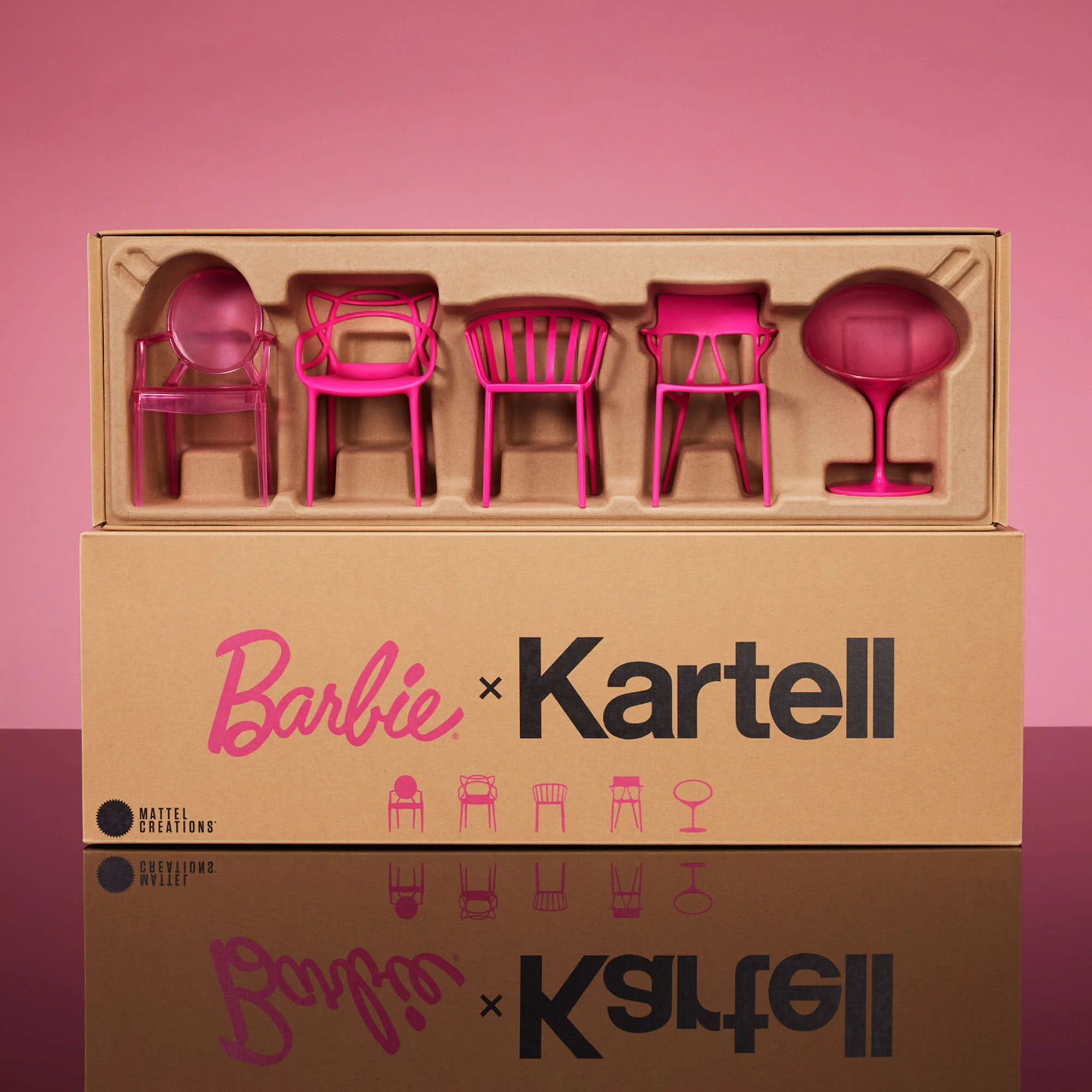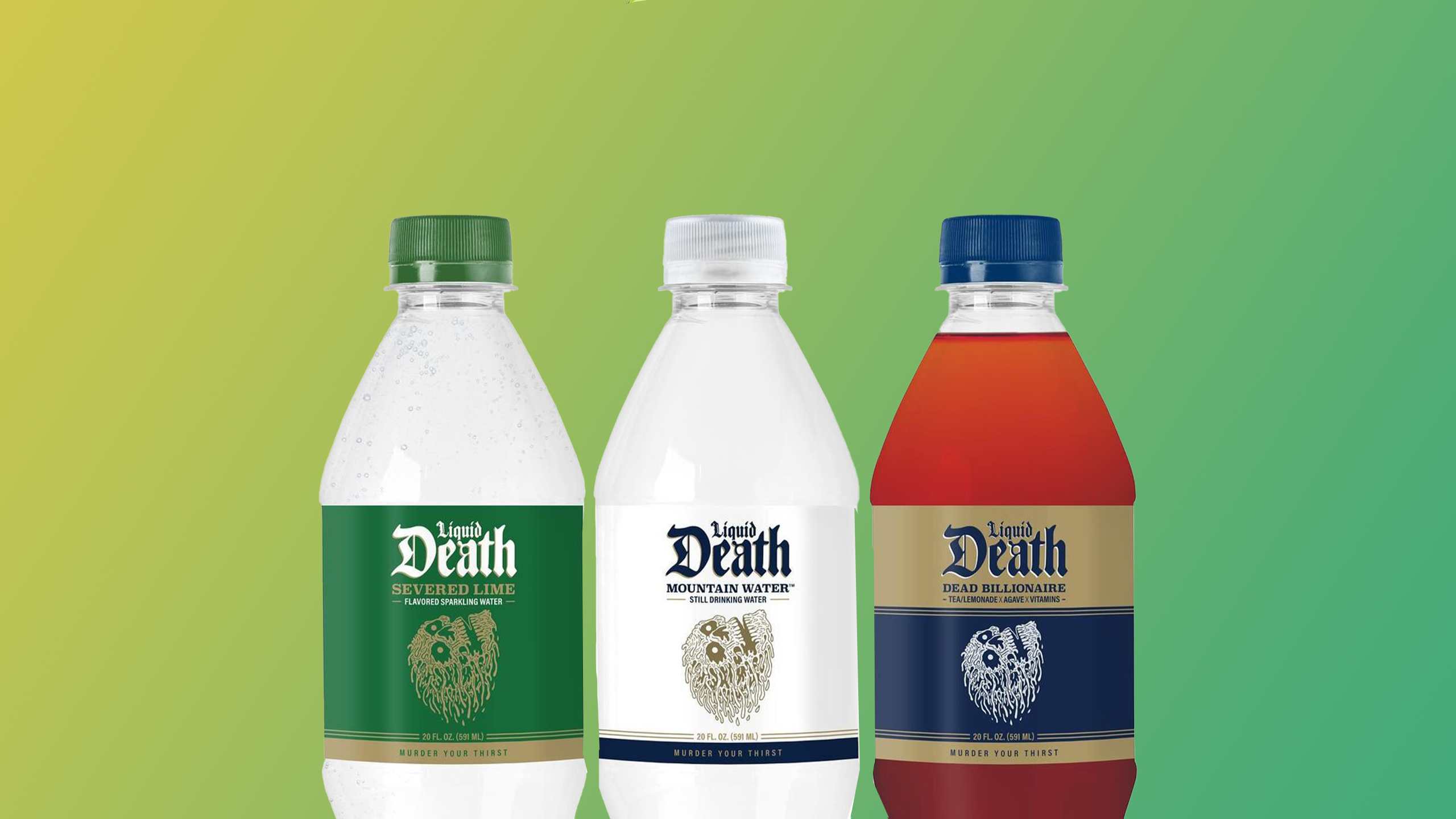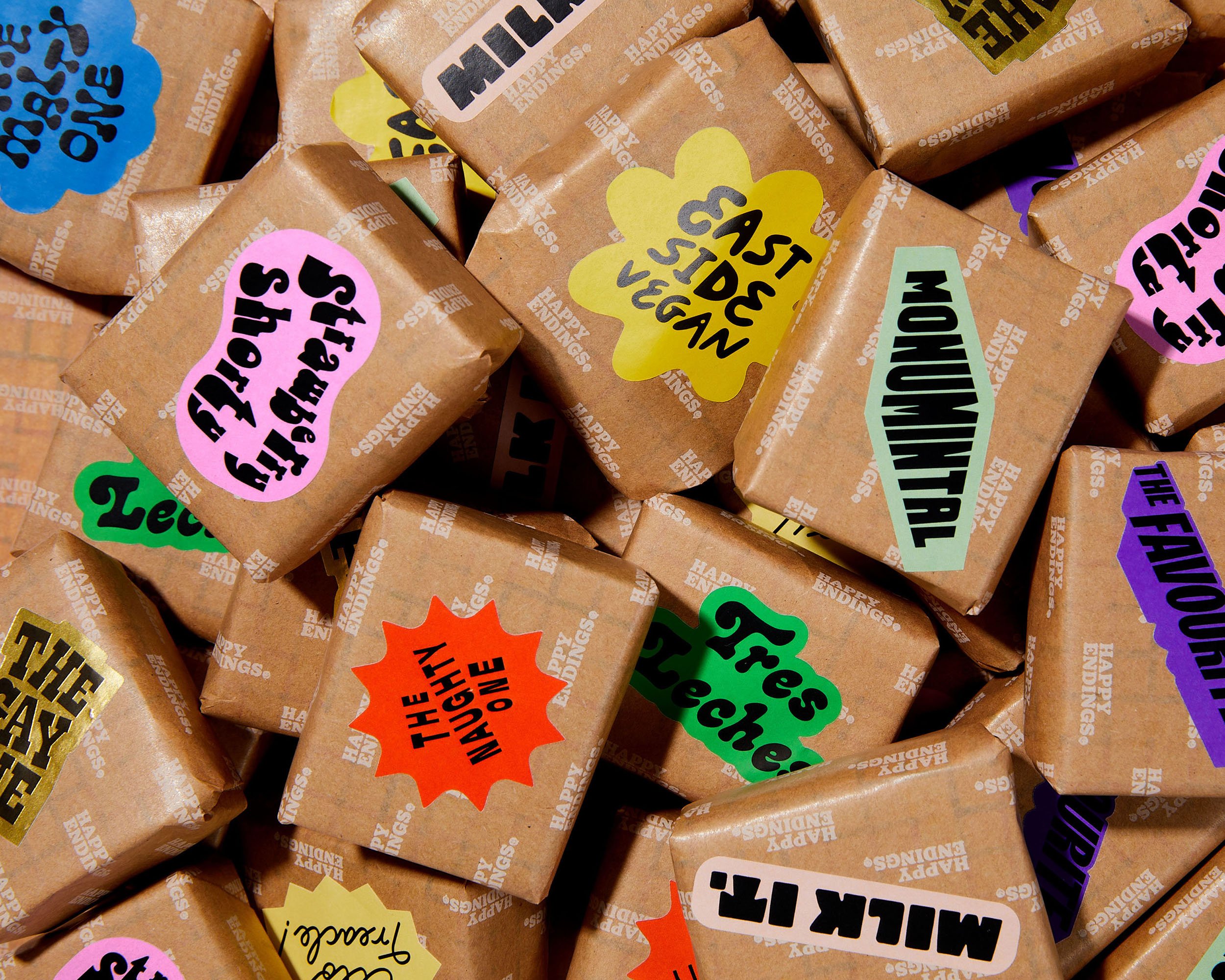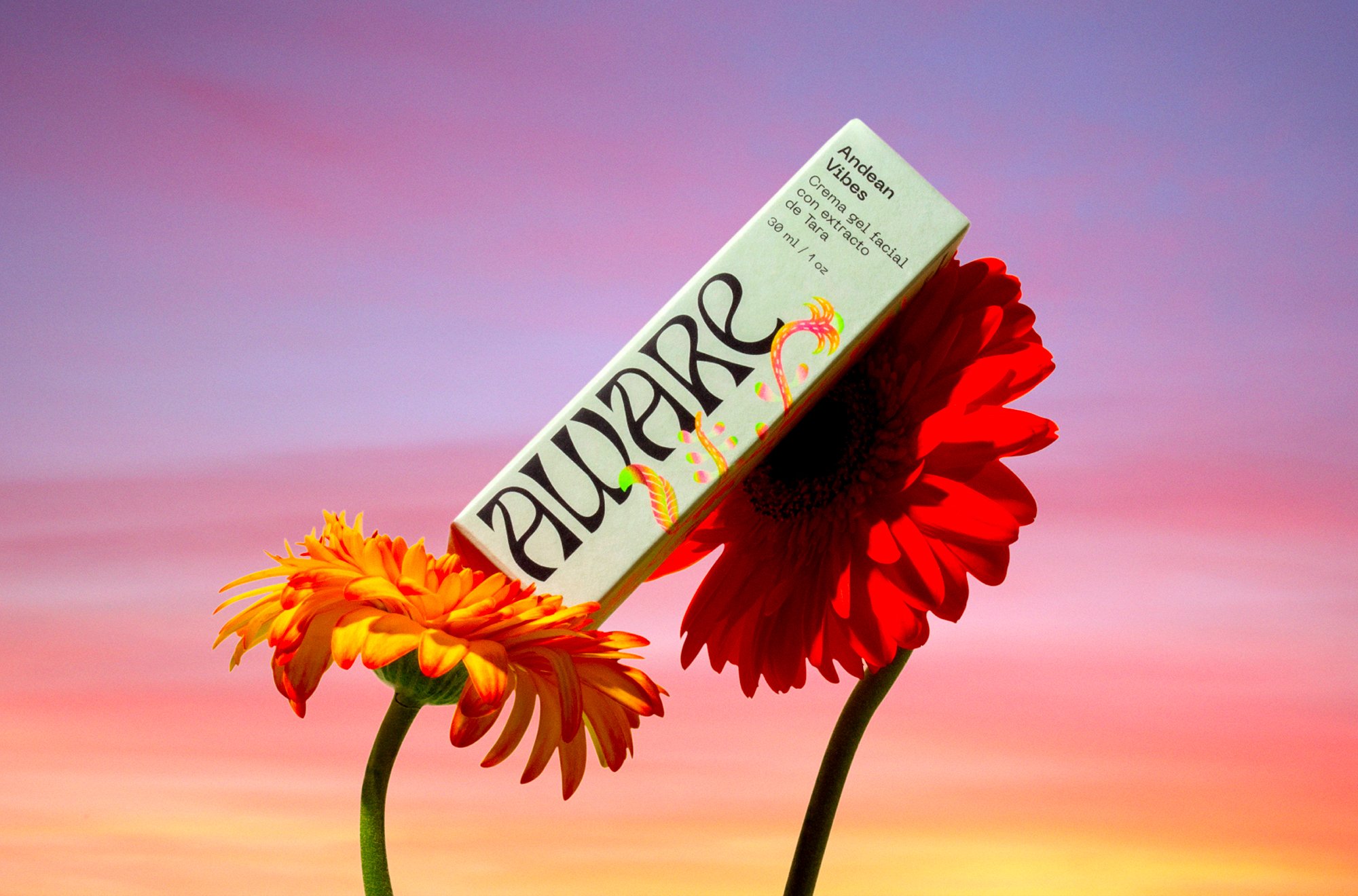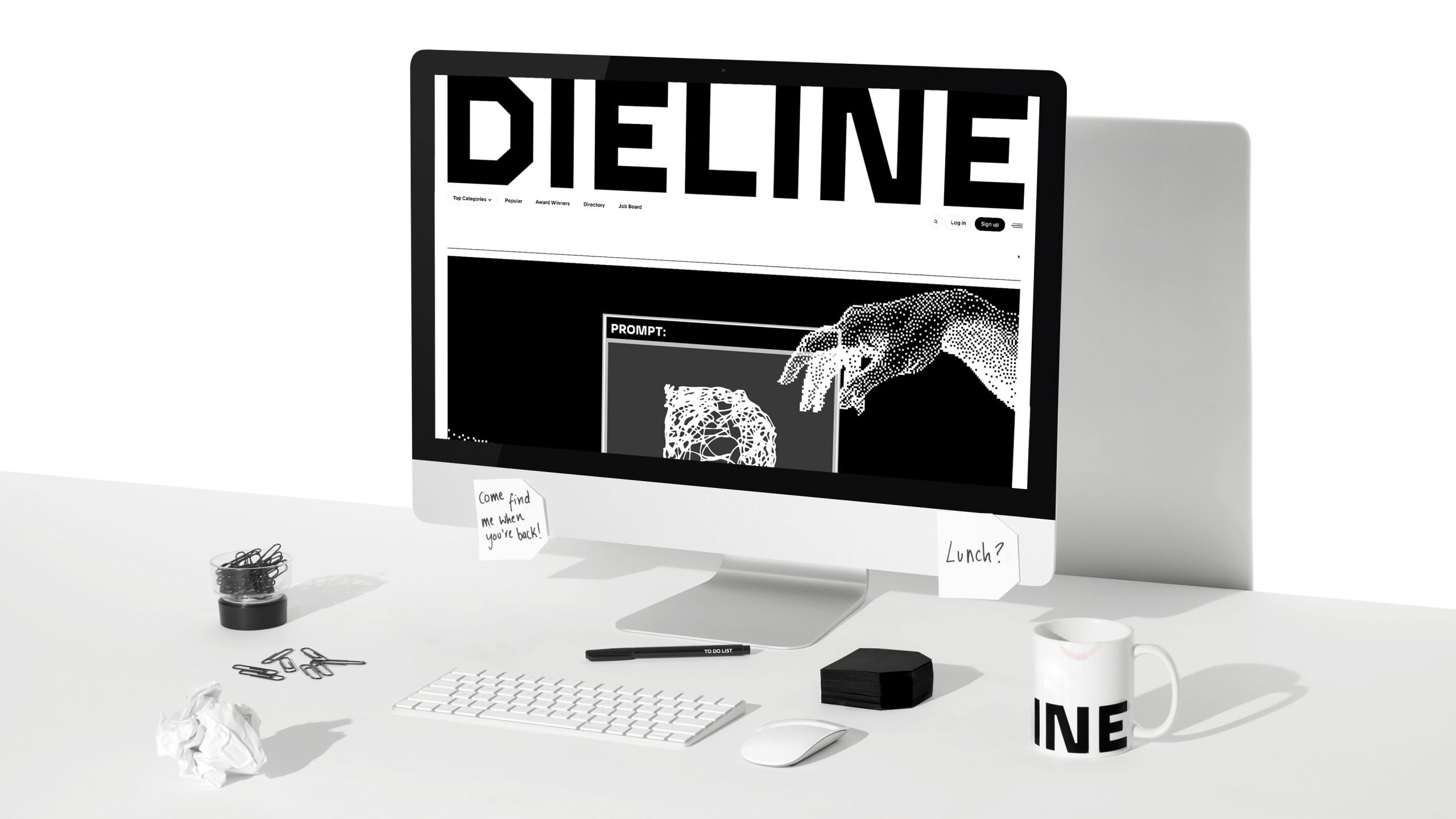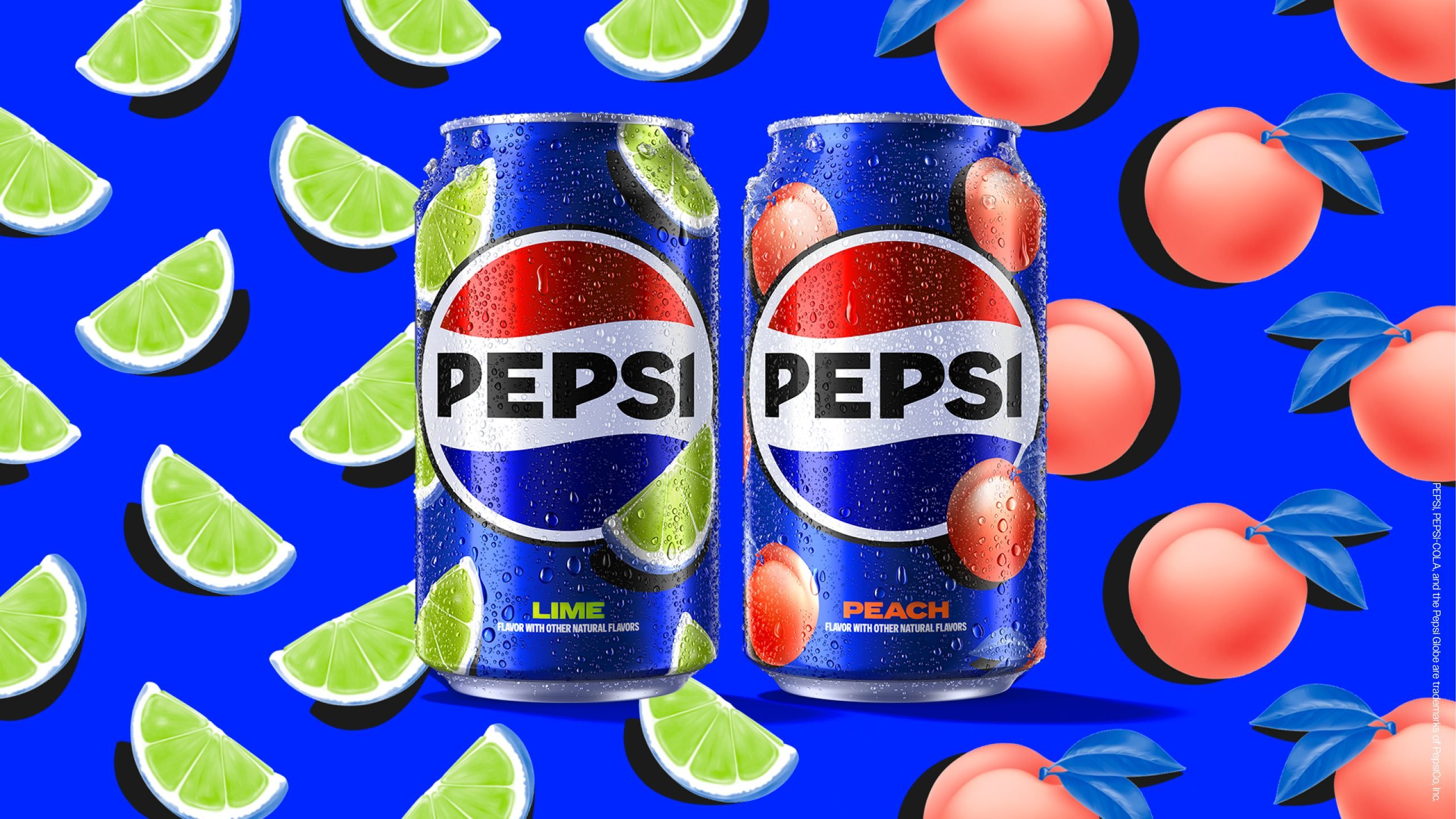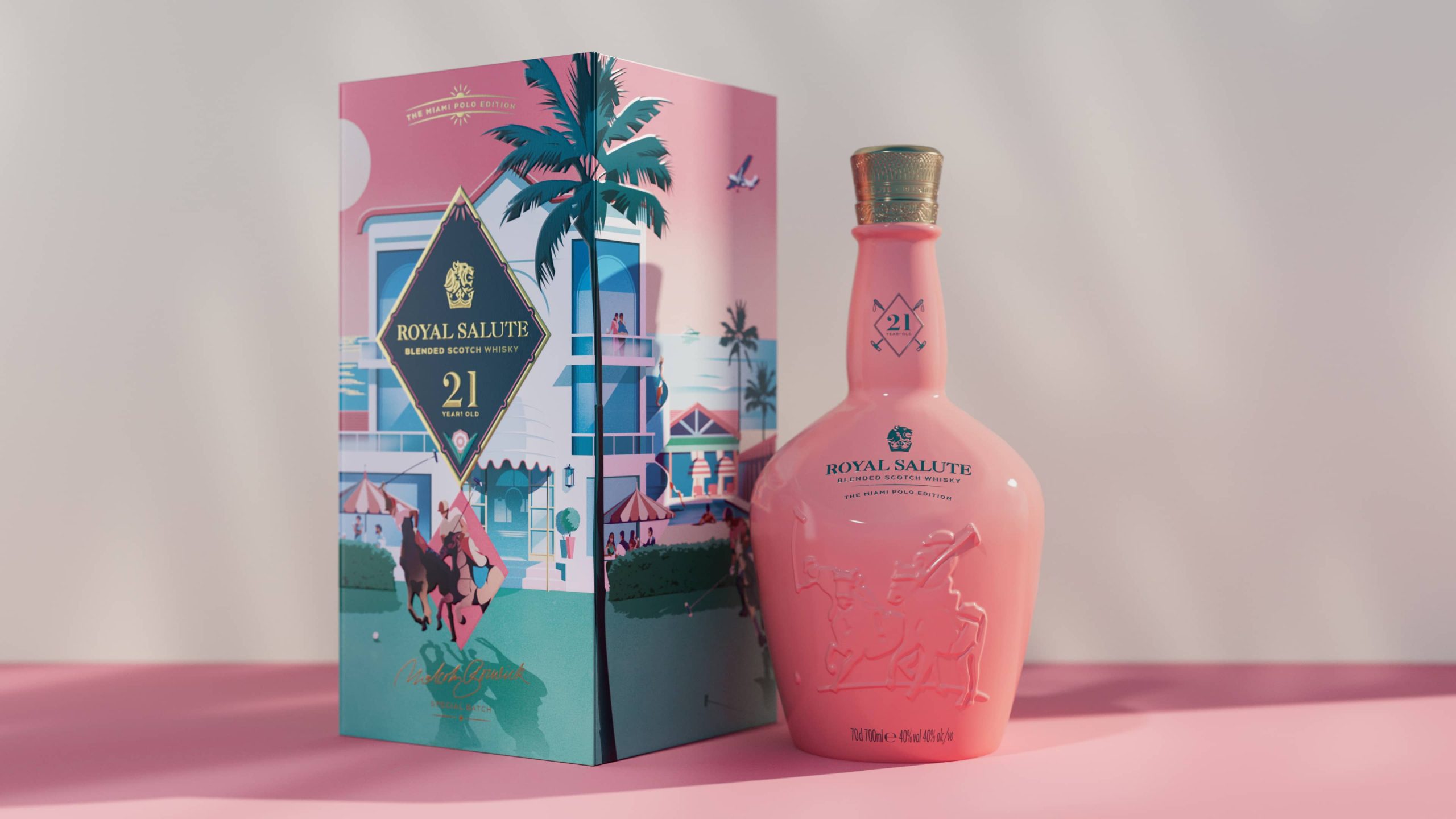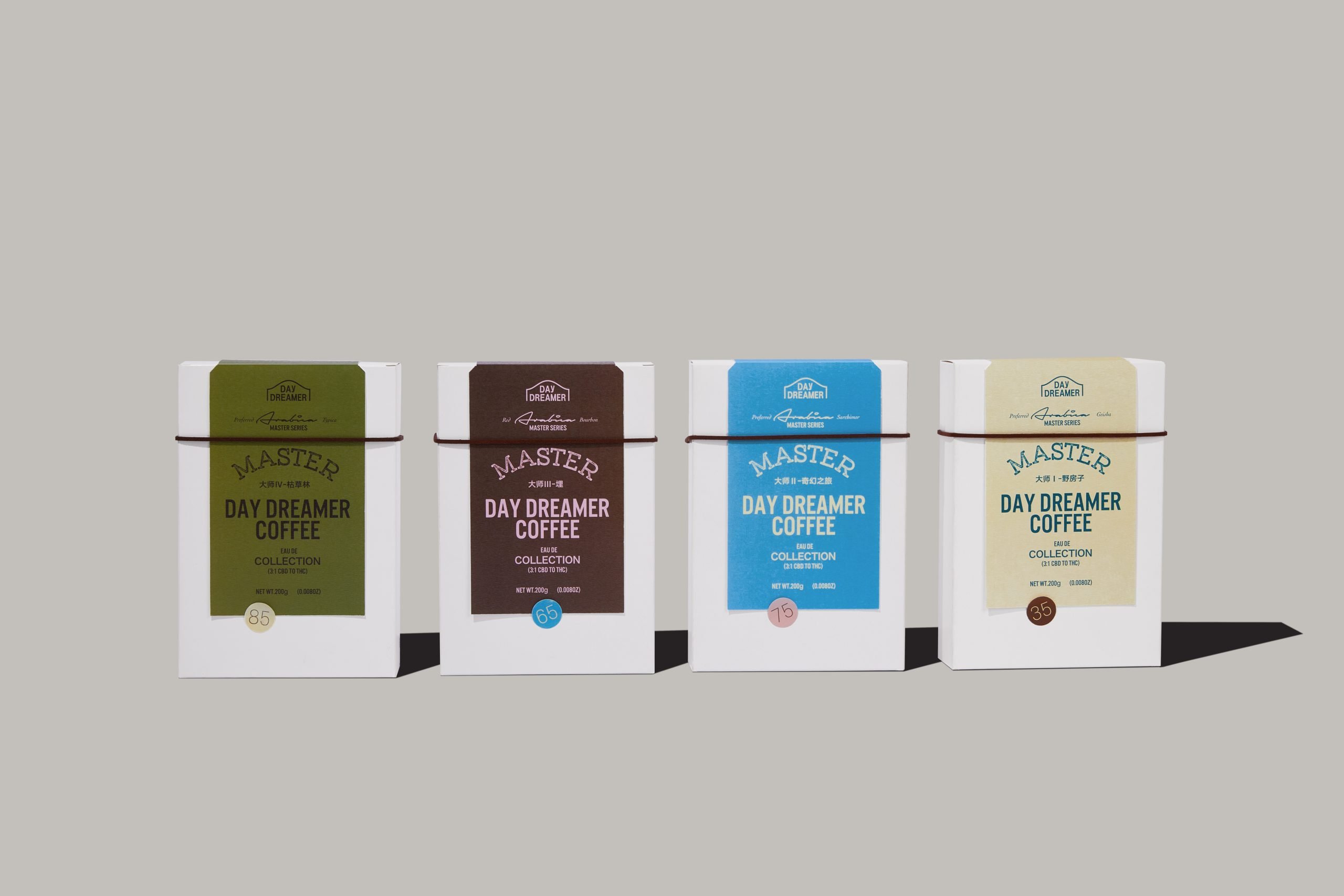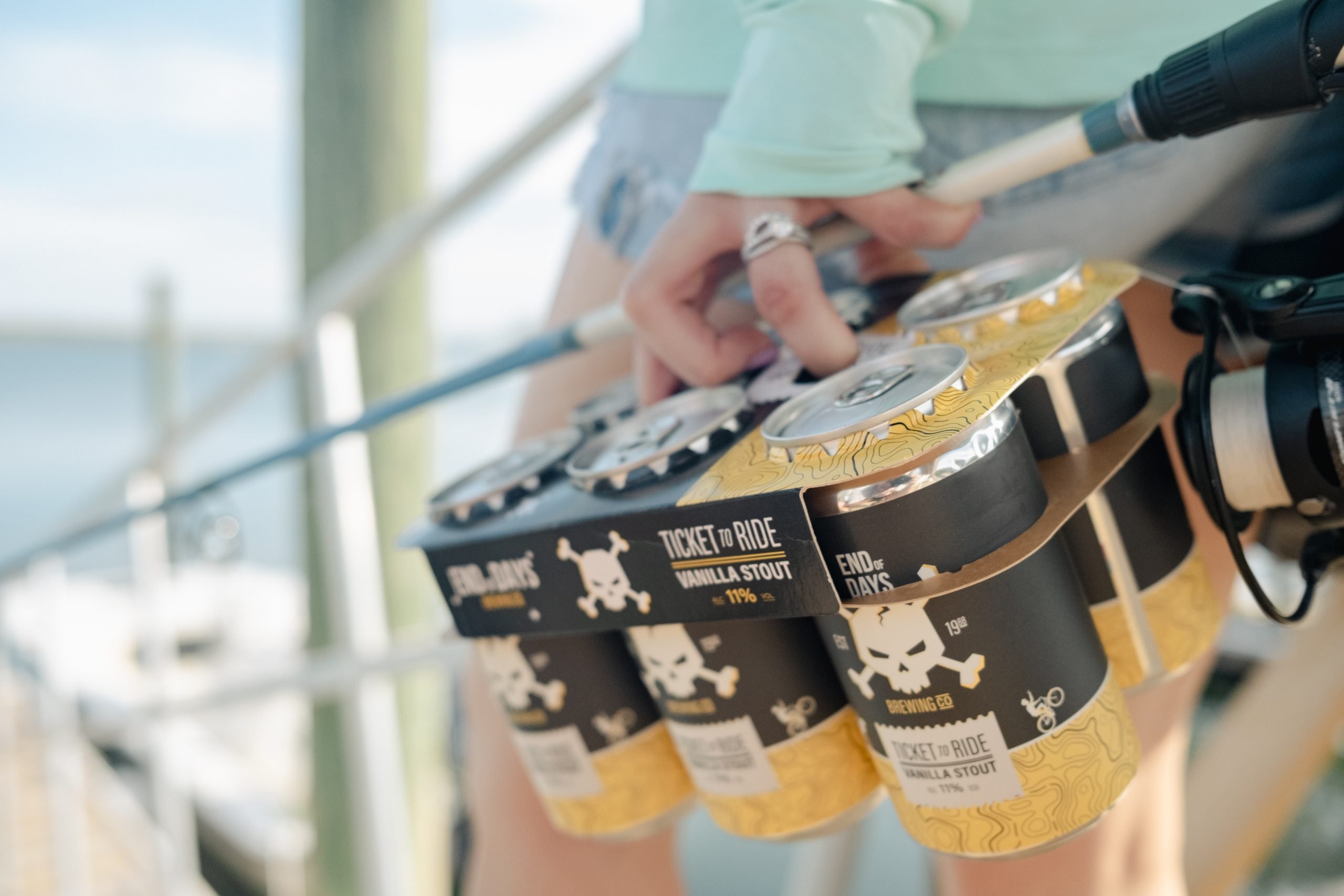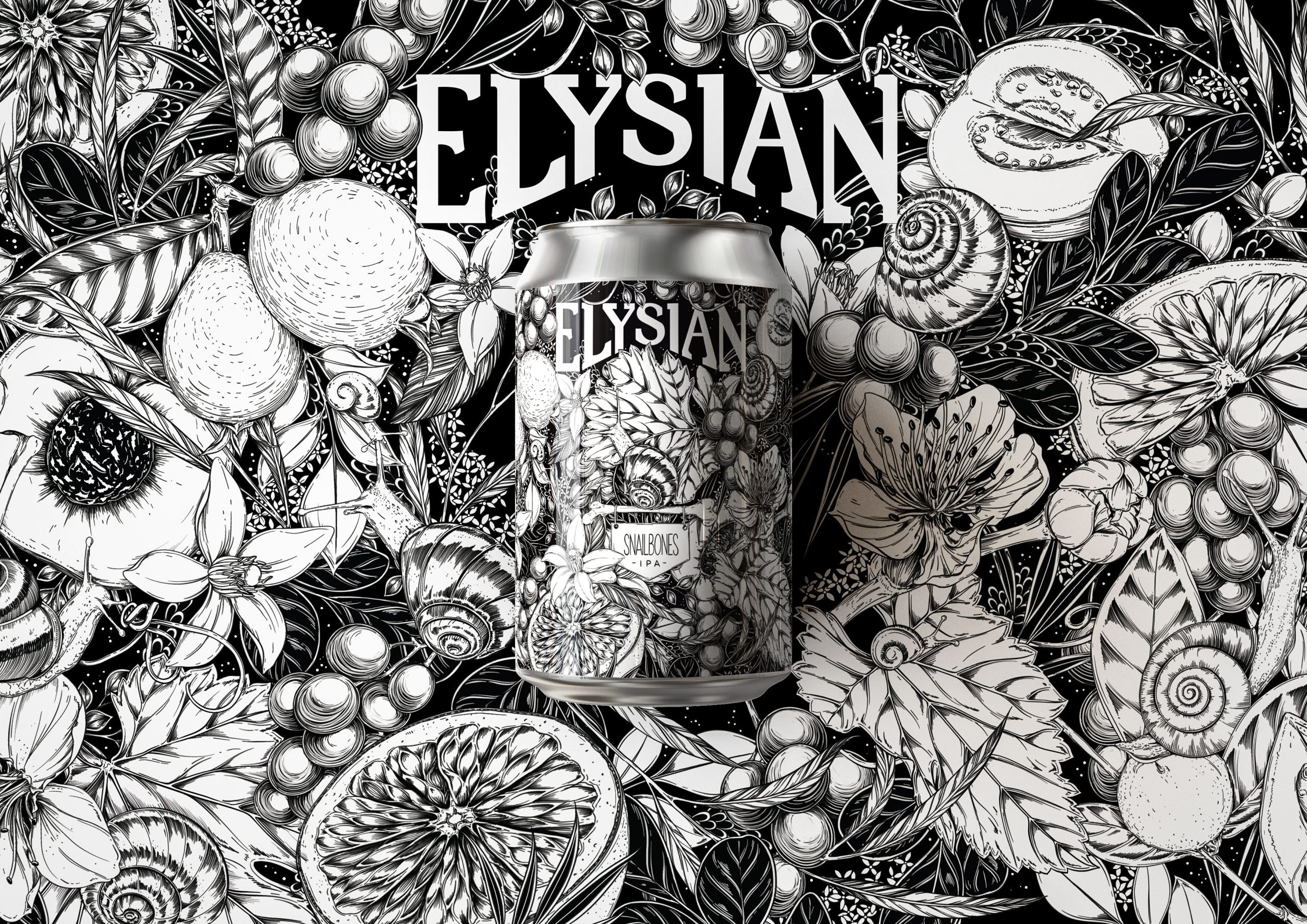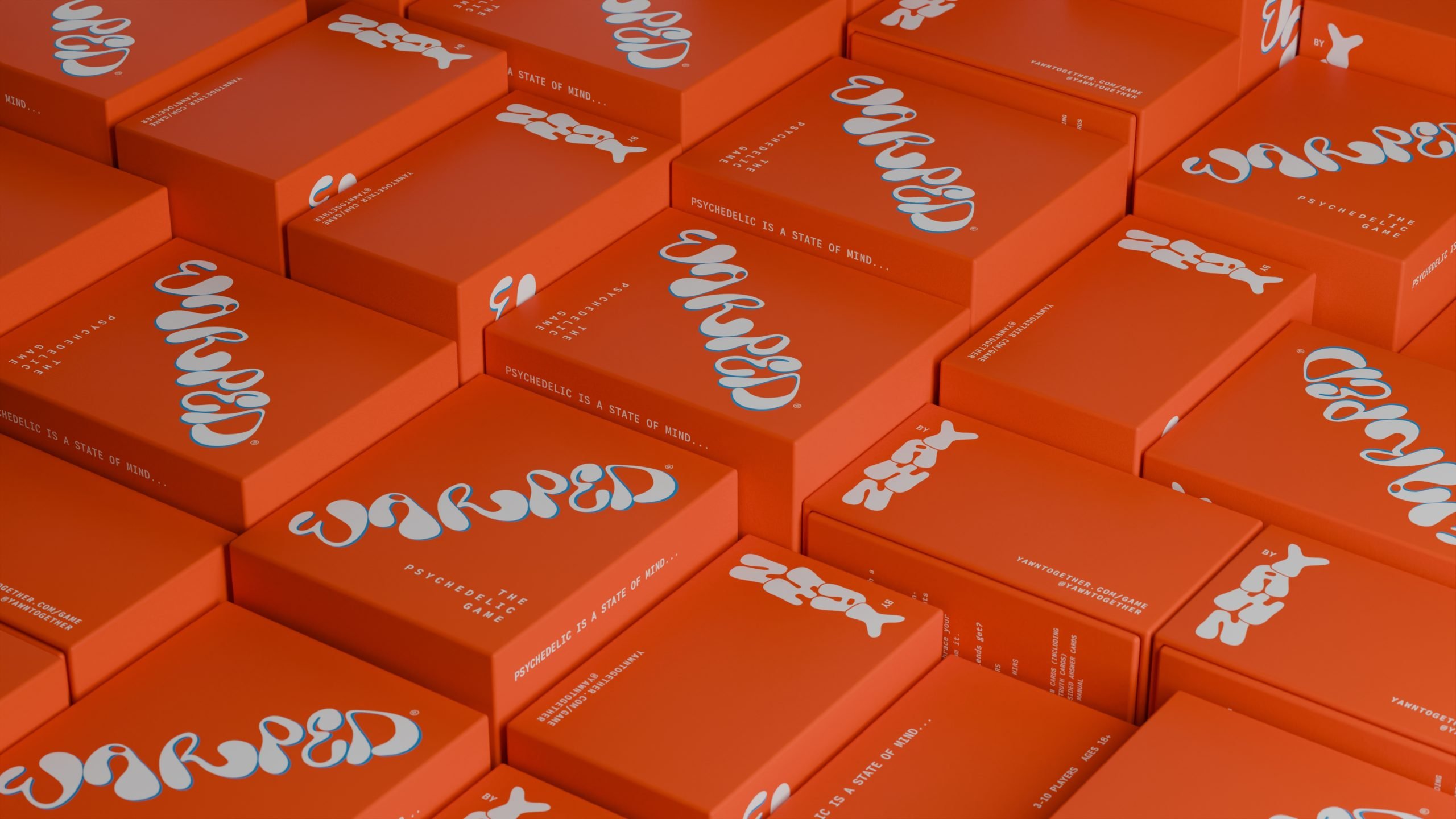Itâs rare to find a skincare productâor any beauty product for that matterâthat celebrates the science and ingenuity that goes into formulating their potions, particularly if you can do it in such an elegant, minimal way.
Biophile is one such brand, and they recently called upon the award-winning Washington DC-based Design Army to help bring their packaging to life.
